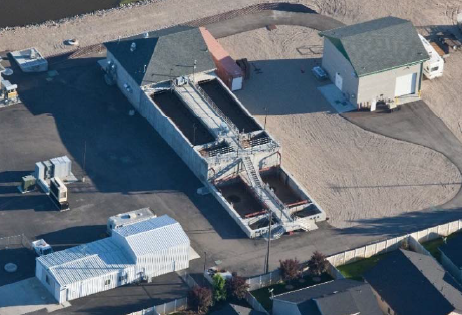
by | | Case Studies, Innovative Chemistry, Lanthanide Salt Chemistry, RE300, Wastewater Treatment, Water Treatment, WaterFX
Achieving Low Discharge Seasonal Limits and Avoiding Capital Costs Summary Star Sewer Wastewater Treatment Plant is a 1.25 MGD Membrane Bio Reactor (MBR) municipal facility in Star Idaho near Boise. Star has been issued a seasonal total phosphorus (TP) limit of 0.07...
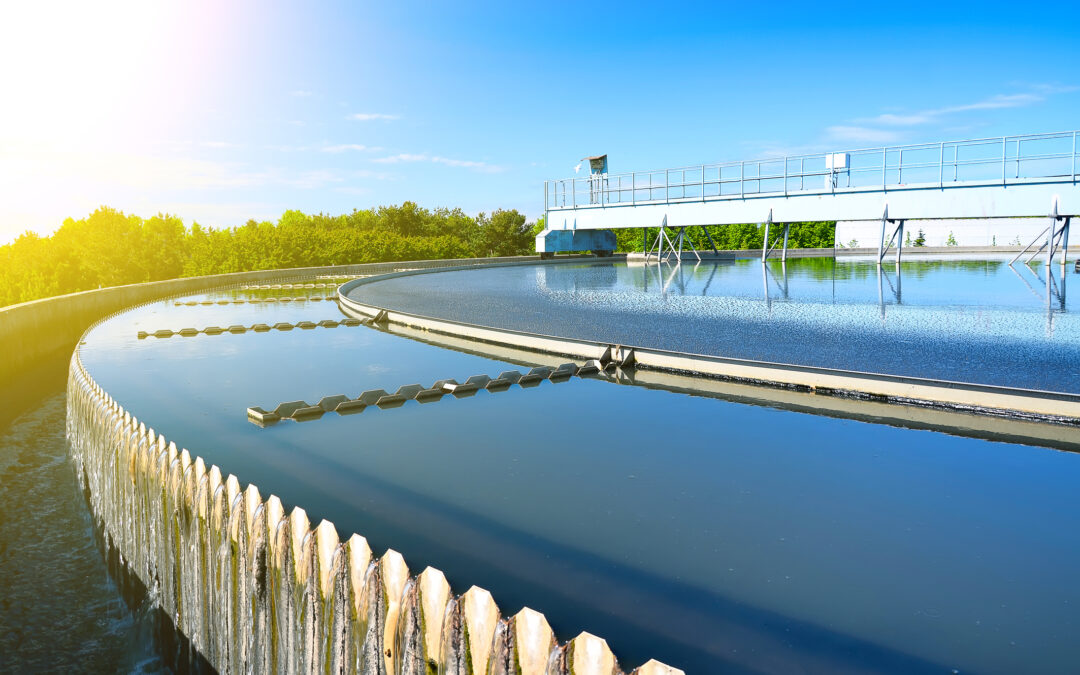
by | | Wastewater Treatment, Water Treatment, WaterFX
Nothing makes a WWTF operator prouder than the sight of gin-clear effluent spilling over the weirs of the clarifiers. Few things spoil that beautiful sight more than algae growing in the clarifier, catching on the weir as the effluent spills over, floating in the...
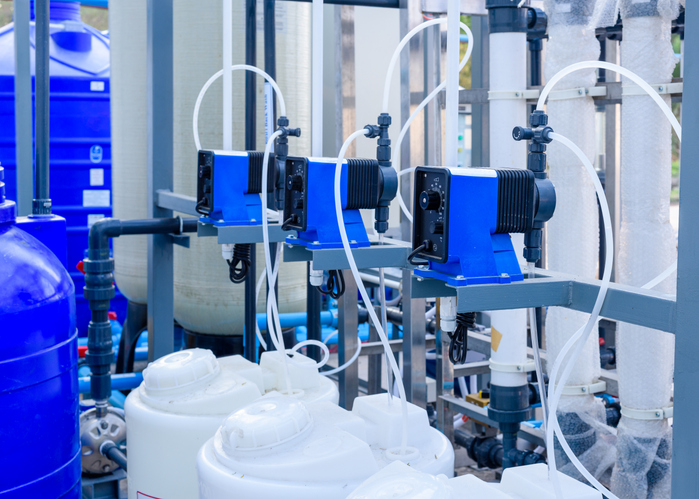
by | | Wastewater Treatment, Water Treatment, WaterFX
If you must remove phosphorus from your wastewater, it is likely you must also remove ammonia- nitrogen. Nitrification, the process of oxidizing ammonia to nitrate and nitrite, is optimal in the narrow range of pH from 7.5 to 8.6. A pH below 7.2 results in a...
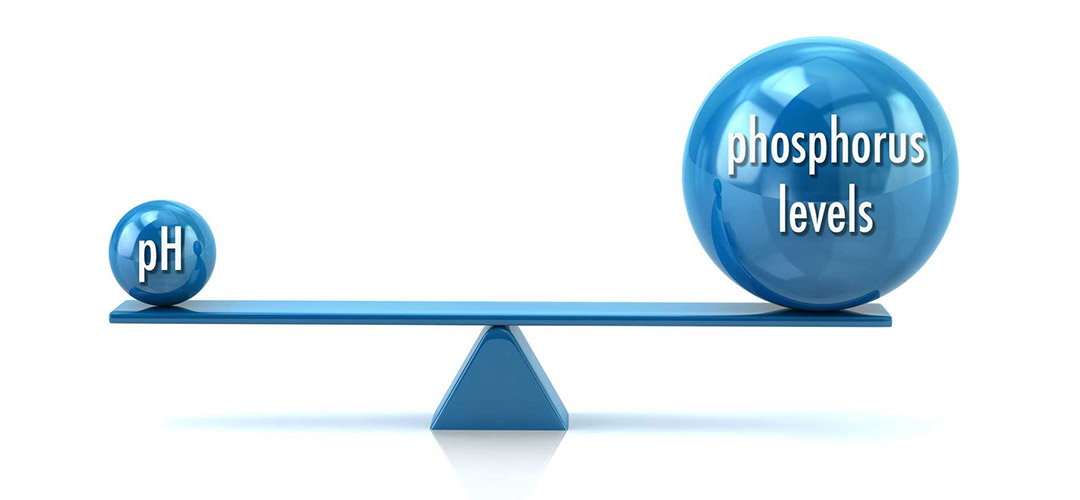
by | | Innovative Chemistry, Lanthanide Salt Chemistry, RE100, RE300, Wastewater Treatment, Water Treatment, WaterFX
Get Off The pH Seesaw The pH of your effluent is a standard parameter on every NPDES permit. But more than that, maintaining a pH in the neutral 6 to 8 range is critical to maintaining the biological treatment in your wastewater facility. Maintaining the alkalinity of...
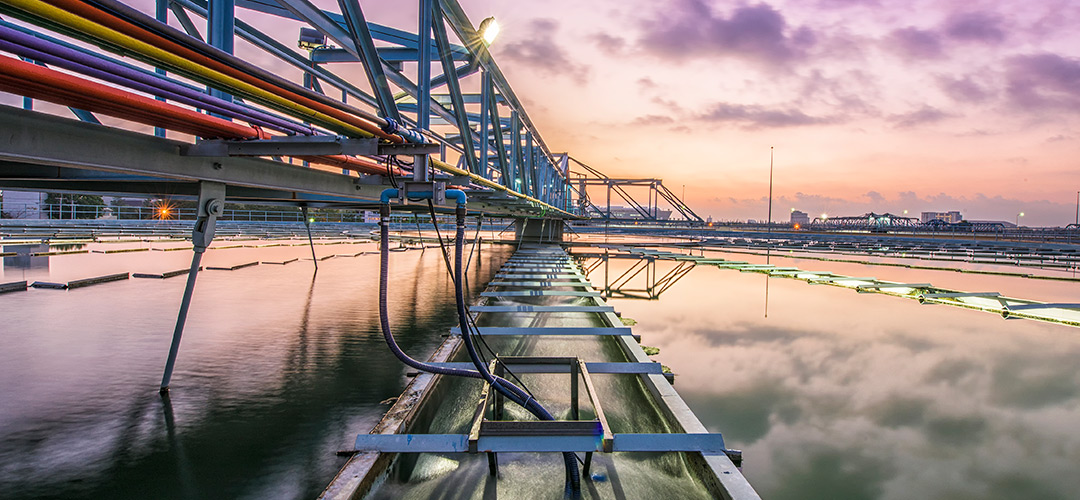
by | | Innovative Chemistry, Lanthanide Salt Chemistry, RE100, RE300, Wastewater Treatment, Water Treatment, WaterFX
RE300 – Same Great Product But With A New Name – Neo WaterFX300 Whenever there is a name change, there is often a question – what else has changed? If you are a utility using RE300, or the less concentrated formula, RE100, you want to know, is this the same thing? The...








